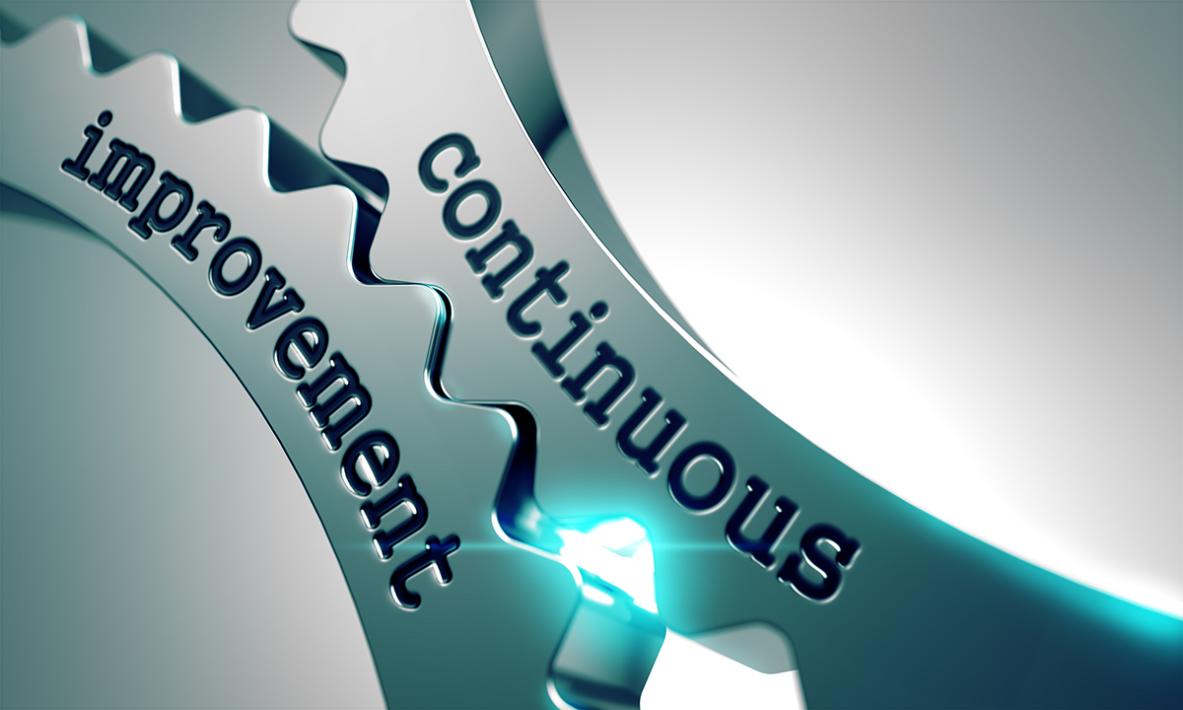What Is the Future of Reinforcement Learning for Continuous Control?
Reinforcement learning (RL) is a powerful machine learning technique that enables agents to learn optimal behavior through interactions with their environment. Continuous control is a subfield of RL where the agent's actions are continuous, rather than discrete, allowing for more precise control over physical systems.

RL has shown great promise in continuous control tasks, leading to significant advancements in robotics, autonomous systems, and other domains. However, several challenges and limitations still hinder the widespread adoption of RL for continuous control.
Current State Of RL For Continuous Control
In recent years, there have been significant advancements in RL algorithms for continuous control. Deep reinforcement learning (DRL) methods, which combine RL with deep neural networks, have achieved state-of-the-art results on various continuous control tasks.
Examples of successful applications of RL for continuous control include:
- Robot locomotion: RL has been used to train robots to walk, run, and jump with high agility and efficiency.
- Autonomous vehicles: RL has been applied to train self-driving cars to navigate complex traffic scenarios and make safe driving decisions.
- Industrial automation: RL has been used to optimize the performance of industrial robots and other automated systems.

Despite these successes, current RL approaches still face several challenges in continuous control tasks.
Key Challenges In RL For Continuous Control
The challenges specific to RL in continuous control tasks include:
- High-dimensional action spaces: Continuous control tasks often involve high-dimensional action spaces, making it difficult for RL algorithms to explore the entire space efficiently.
- Exploration in large state spaces: Continuous control tasks often have large state spaces, making it challenging for RL algorithms to explore the entire space and learn effective policies.
- Sample inefficiency: RL algorithms typically require a large number of samples to learn effective policies, which can be computationally expensive and time-consuming.

To address these challenges, researchers are exploring various techniques, such as efficient exploration strategies, function approximation techniques, and hierarchical RL.
Emerging Trends And Future Directions
Several promising research directions are emerging in RL for continuous control, including:
- Hierarchical RL: Hierarchical RL decomposes a complex task into a hierarchy of subtasks, making it easier for RL algorithms to learn effective policies.
- Multi-agent RL: Multi-agent RL extends RL to scenarios with multiple agents, enabling cooperation and coordination among agents.
- Deep RL with continuous action spaces: Deep RL algorithms specifically designed for continuous action spaces are being developed to address the challenges of high-dimensional action spaces.
Researchers are also exploring the potential of combining RL with other techniques, such as model-based RL and imitation learning, to improve the performance and efficiency of RL algorithms for continuous control.
Applications And Potential Impact
RL for continuous control has the potential to revolutionize various industries and applications, including:
- Robotics: RL can enable robots to perform complex tasks with high precision and agility, leading to advancements in industrial automation, healthcare, and space exploration.
- Autonomous systems: RL can improve the performance and safety of autonomous vehicles, drones, and other autonomous systems.
- Energy efficiency: RL can be used to optimize the energy consumption of buildings, factories, and other systems.
The broader societal and economic impact of RL for continuous control is expected to be significant, with the potential to improve productivity, safety, and sustainability.
RL for continuous control is a rapidly growing field with the potential to revolutionize various industries and applications. While there are still challenges to overcome, the recent advancements in RL algorithms and the emergence of new research directions hold great promise for the future of RL in continuous control.
Further research and development in this field are crucial to unlock the full potential of RL for continuous control and drive the development of more intelligent and autonomous systems.
YesNo

Leave a Reply